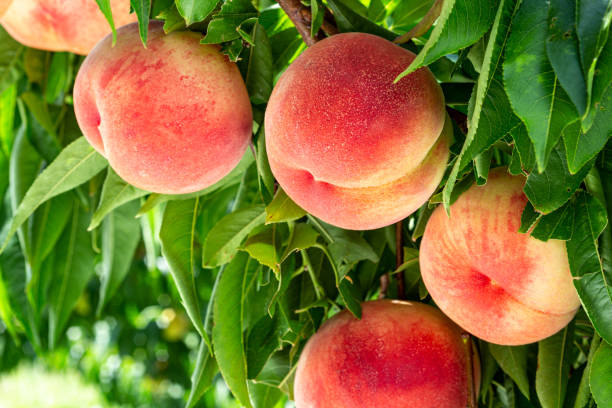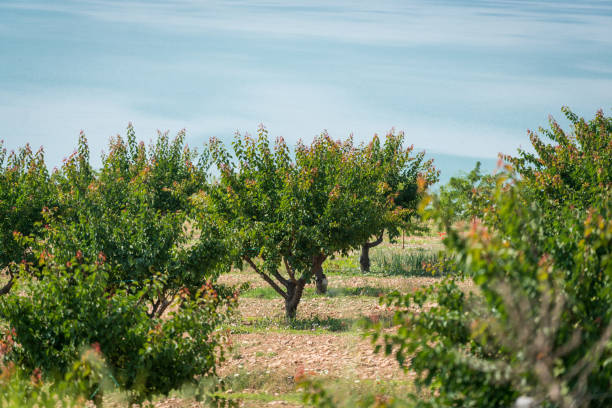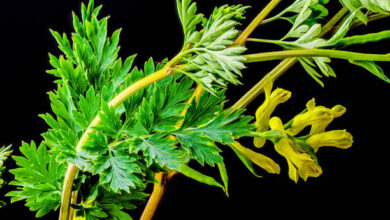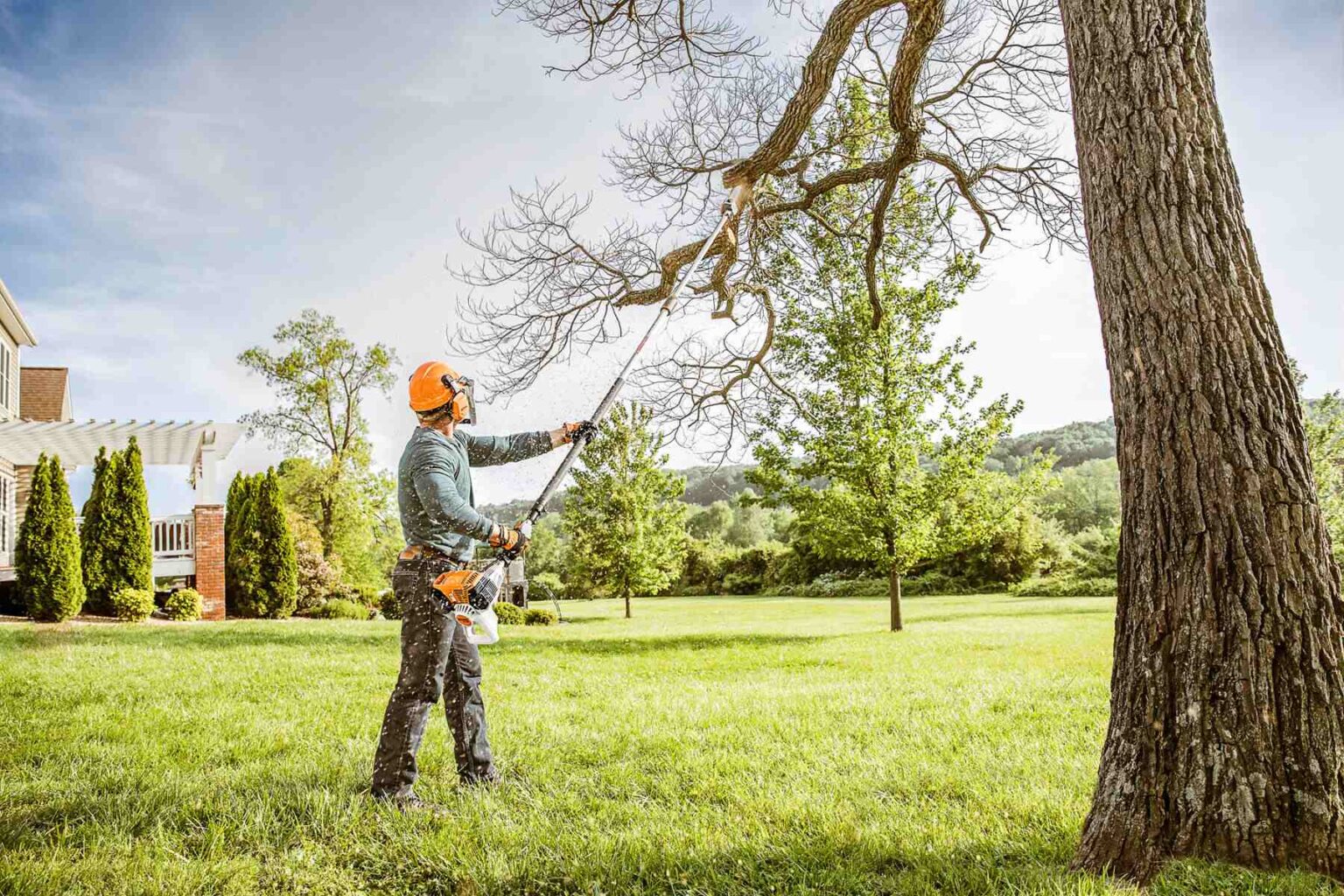Peach Tree Flowers and Fruit

As spring draws near and the world starts to defrost from the colder time of year chill, one of the most awesome harbingers of hotter weather conditions is seeing peach trees in sprout. The peach tree, with its sensitive pink blossoms and later, its delicious organic product, is a number one among landscapers and natural product darlings the same. These trees not just add to the stylish magnificence of nurseries yet additionally assume a significant part in creating one of the most famous natural products consumed around the world. In this blog entry, we will investigate the excursion of the peach tree through its blooming stage to the realization of its delicious contributions.
The Springtime Splendor of Peach Tree Blossoms
With the appearance of spring, the peach tree goes through an entrancing change, its branches unexpectedly flooded with bunches of pink roses. These blooms, sensitive and delicate, paint a staggering scene against the background of a spring sky, proclaiming the beginning of the fruiting season with their lively showcase.
- The shades of these blossoms range from the palest pinks to more profound, more immersed conceals, making a slope of tints that is really a blowout for the eyes. For a brief yet otherworldly period, the peach tree remains in full brilliance, its blossoms welcoming esteem and flagging the future abundance of peaches. This transient excellence is enthusiastically expected by nursery workers and nature lovers, who revel in seeing the tree blossoms that connote the changing seasons as well as the commitment of the succulent organic products to come.
- The blooming of peach trees is a characteristic display, denoting a period of reestablishment and development, and making way for the urgent course of fertilization that follows. Each blossom, with its capability to turn into a delicious peach, assumes a significant part in the pattern of life that moves from sprout to collect, charming the people who witness this change every year.
Pollination: The Key to Fruit Development
The excursion from bloom to organic product pivots fundamentally on the demonstration of fertilization, a fundamental stage in the existence pattern of a peach tree. Many peach tree assortments require cross-fertilization, contingent upon the transaction between nature’s pollinators, like honey bees, to ship dust.
- This cycle is crucial, as it works with the treatment of the blossom’s ovary, prompting the advancement of natural product. To guarantee fruitful fertilization, grounds-keepers could establish different botanical species to tempt more honey bees and other pollinating bugs into their nurseries, making a humming sanctuary that helps the peach trees. Taking into account the effect of human exercises on these normal pollinators is likewise pivotal. The prudent utilization of synthetics and embracing more natural planting practices can safeguard these imperative animals.
- By encouraging a pollinator-accommodating climate, we not just help the development of our peach trees yet additionally add to the strength of the more extensive environment, which relies upon these pollinators for the proliferation of many plants. In doing as such, we guarantee a future where seeing peach blooms changing into ready, delicious organic products stays a treasured yearly occasion, celebrated by nursery workers and organic product sweethearts the same.
From Blossoms to Baby Fruits
After the basic period of fertilization, where honey bees and different pollinators play had their urgent influence, the peach tree sets out on a surprising period of change. The once dynamic petals, a demonstration of the tree’s springtime quality, start to shrink and fall, flagging the beginning of the organic product’s formative process. What stays at the destinations of these fallen blooms are the incipient starting points of future peaches – small, green ovules that mark the most important move toward organic product development.
- This stage described by a time of huge development and improvement, as these undeveloped natural products go through a transformation. From the start, these beginning peaches could appear to be mediocre, their modest size and hard surface contribution little smidgen of the delicious natural product they are bound to turn into. Nonetheless, to the mindful grounds-keeper or rancher, they represent potential and messenger the commitment of a productive collect.
- During this extraordinary period, each child organic product, supported by the parts of the peach tree, starts to characterize its shape. The development of these natural products isn’t simply a demonstration of the viability of the fertilization cycle yet additionally to the tree’s wellbeing and the consideration it gets. Sufficient daylight, legitimate nourishment, and ideal watering rehearses are pivotal during this stage, as they impact the amount of the organic product as well as its quality. As these minuscule peaches steadily develop, they typify the zenith of nature’s many-sided processes and the committed endeavors of the individuals who watch out for them, making way for the aging stage that follows.
The Ripening Process: A Transformation of Texture and Taste
As the weeks unfurl, the youthful peaches leave on an enamoring excursion of progress, bit by bit shedding their green outsides for the dynamic yellows and reds that envoy development. This variety change is in excess of a visual display; it’s a mark of the natural product’s status, a sign that the peaches are approaching their pinnacle flavor.
- Inside, a change is similarly significant. What was once firm and tart gradually relax and improves, the tissue becoming delicious and overflowing with flavor. This transformation in taste and surface isn’t simply an element of time however the consequence of a complicated exchange between ecological variables. Daylight assumes a urgent part, its beams empowering the combination of sugars and flavor intensifies inside the organic product. Water accessibility as well, should be painstakingly made due, as both dry season and overwatering can antagonistically influence the aging system.
- Temperature, in like manner, impacts the speed of development, with hotter days speeding the change while cooler weather conditions can dial it back. All through this period, the peach tree’s guardians screen these circumstances with a sharp eye, making changes as important to cajole the natural products towards flawlessness. Their endeavors guarantee that each peach arrives at its maximum capacity, promising a tangible pleasure that embodies the substance of summer.

Harvesting: Timing is Everything
Distinguishing the best second to cull peaches from their branches is a nuanced cycle, requiring a sharp comprehension of the organic product’s unpretentious signs. The specific timing for gathering can fundamentally impact a definitive taste and nature of the peaches, making it an essential step for producers and nursery workers the same. As summer fades, the expectation for the collect develops, directed by a few key pointers.
- The natural product’s skin tone is quite possibly of the most solid sign, moving from green to a profound, rich yellow or red as it matures. Moreover, a delicate respect slight tension close to the stem shows a peach’s preparation, implying that it has fostered the ideal harmony between pleasantness and succulence. One more component to consider is the simplicity with which the organic product confines from the tree; a ready peach will deliver with negligible exertion, a demonstration of its status for utilization.
- The craft of reaping peaches likewise includes an essential way to deal with picking. It is much of the time done in stages, as not all natural products on a tree age all the while. This stunned methodology guarantees each peach collected at its pinnacle, considering a lengthy time of pleasure. Producers should stay watchful, noticing their plantations day to day, as the window for ideal readiness can pass rapidly, particularly affected by the nearby environment. This cautious coordination of timing and procedure comes full circle in the sweet, delicious peaches that esteemed by so many, denoting the summit of a season’s work and care.
Pruning and Care for Next Year’s Bloom
- After the energy of the collect dies down, the concentration for peach tree guardians shifts towards guaranteeing the wellbeing and efficiency of the tree for the approaching year. Pruning turns into the essential undertaking during this stage, filling a double need of molding the tree for stylish allure as well as more critically, encouraging a favorable climate for the following pattern of blooms and natural product. Vital expulsion of branches is critical, focusing on those that are dead, sick, or stuffed. This specific diminishing is essential as it upgrades daylight entrance and wind current all through the tree’s overhang, which are basic variables in decreasing the probability of contagious illnesses and in supporting the improvement of hearty new fruiting wood.
- As well as pruning, the slow time of year is a period for complete consideration, including persevering watering rehearses that adapt to the tree’s diminished necessities during cooler months, and the utilization of proper manures to renew supplements in the dirt. It’s likewise a period for coordinated bug the executives procedures to forestall invasions that could think twice about tree’s wellbeing and the following year’s yield. The utilization of natural strategies where conceivable urged to keep an eco-accommodating methodology. These aggregate endeavors in the post-collect period lay the basis for a tree that is strong and sound as well as prepared for delivering the following season’s delightful blossoms and delectable peaches.


